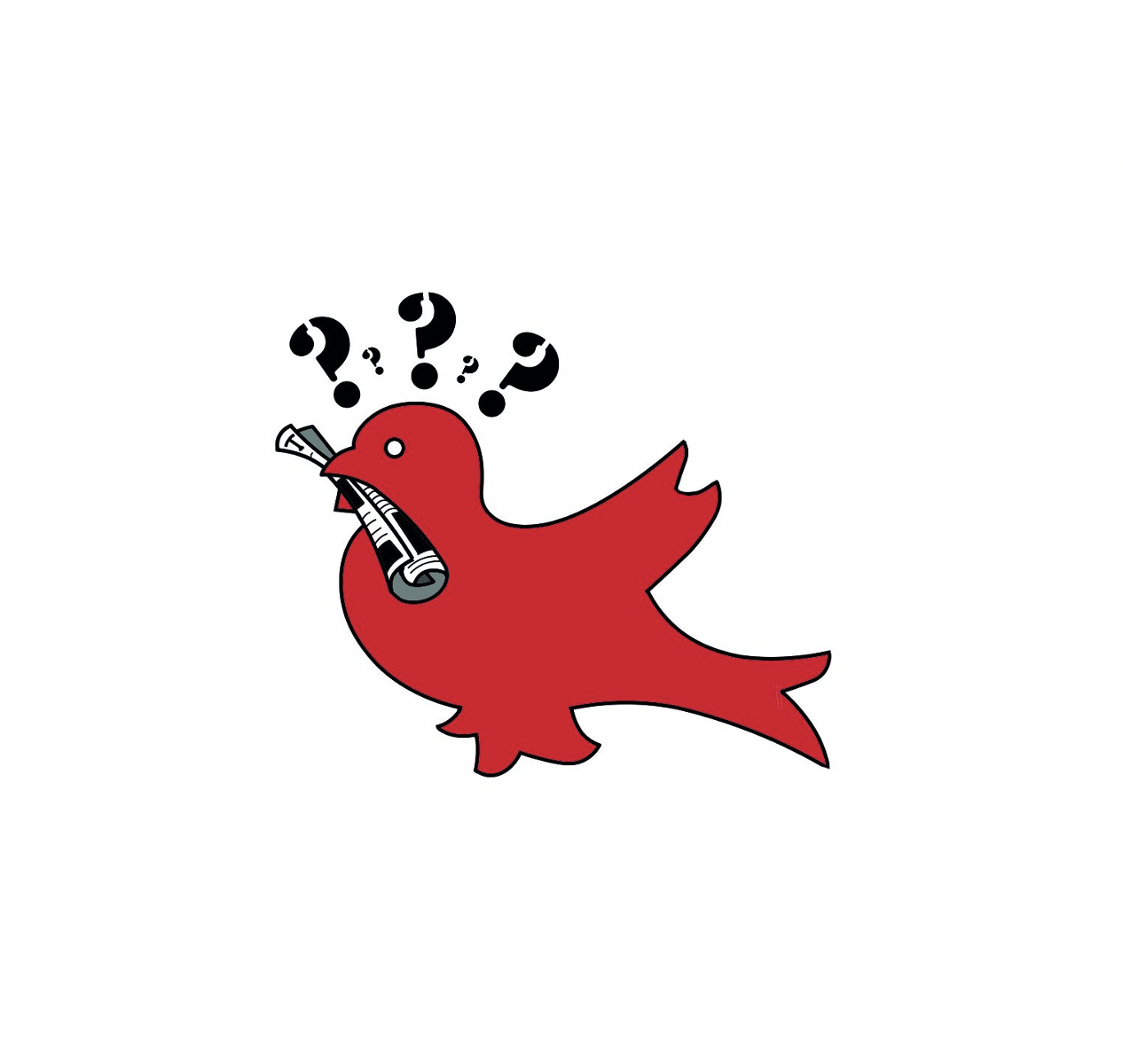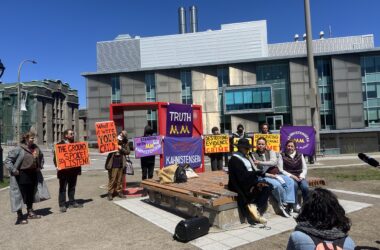Every year, Montrealers are left in the dark about the ways snow removal is managed throughout the region. As the winter drags on, so do the unyielding sirens of the snow ploughs that roam the city. To gain a more comprehensive understanding of how municipal snow removal is done, The McGill Tribune looked into how the City of Montreal organizes its snow removal during the winter.
How does the snow removal system work?
In the 19th century, the city of Montreal called upon ordinary citizens to shovel snow away from sidewalks and streets. With the arrival of automated vehicles, however, snow removal could be completed in a fraction of the time needed, changing the landscape of snow maintenance forever.
Today, there are three levels of snow removal operations in Montreal which are carried out depending on the weather conditions. As stated by the City of Montreal, the first stage of snow removal occurs with the distribution of gravel and salt when sidewalks and roads become icy and slippery. The second stage of snow maintenance, snow ploughing, is implemented when there is over 2.5 cm of snow on the ground. The third stage of snow removal, undertaken when the snow exceeds a measurement of 10 cm on the ground, involves snow loading. Snow loading is done using a snowblower, which was invented by Montrealer Arthur Sicard.
Interestingly, roads, pedestrian sidewalks, and bike paths are all maintained with different types of machines. Oftentimes, bike paths are cleared sooner than sidewalks and roads because there is simply less ground for the snow removal crew to cover.
In the majority of Montreal’s boroughs, private snow removal is prohibited if snow is moved on to public sidewalks and streets. Accordingly, snow must be kept on the property if shovelled.
Why are some areas prioritized over others?
Main roads—like Sherbrooke, René-Lévesque, Henri-Bourassa—that are connected to healthcare institutions, schools, prioritized bus routes, and major shopping areas are usually cleared first. Main streets that are narrower also get priority to ensure that emergency response vehicles can move through them. On some occasions, snow is only cleared on one side of main roads. This irregularity in snow removal is influenced by traffic patterns as crews avoid clearing snow during rush hour and wait until the traffic moves to the other direction before moving to clear it.
Next on the priority list are medium-sized “collector” streets—like Cadillac, Bernard, and Villeray—or those that are connected to non-priority bus routes and schools. After the collector and main roads are cleared, snow maintenance crews then begin work clearing local, industrial, and residential streets. Snow removal operations also clear paved alleys that are connected to commercial areas.
Are there any restrictions on residential parking during snow removal?
Montreal officials place orange temporary “no parking” signs if there has been heavy snowfall, or if one is expected in the coming days. These signs are put up before 3:00 p.m. and snow maintenance is carried out between the hours of 7:00 a.m. to 7:00 p.m., only after which residents can move their vehicles back to their original spots. Recently, however, in response to Quebec’s curfew, the City of Montreal has allotted “incentive parking lots” to help drivers find free parking before curfew.
Where does all the snow go?
Up until the latter half of the 1980s, loaded snow would simply be dumped into the St. Lawrence River. Public outrage over the rising pollution levels caused by salt, gravel, and garbage pressured the city to seek alternative dumping sites. Today, the city moves approximately 60 per cent of the snow to one of 29 dumping sites off the Island of Montreal. The remaining third of the snow is treated in the Montreal sewage system before being released into the St. Lawrence River.








